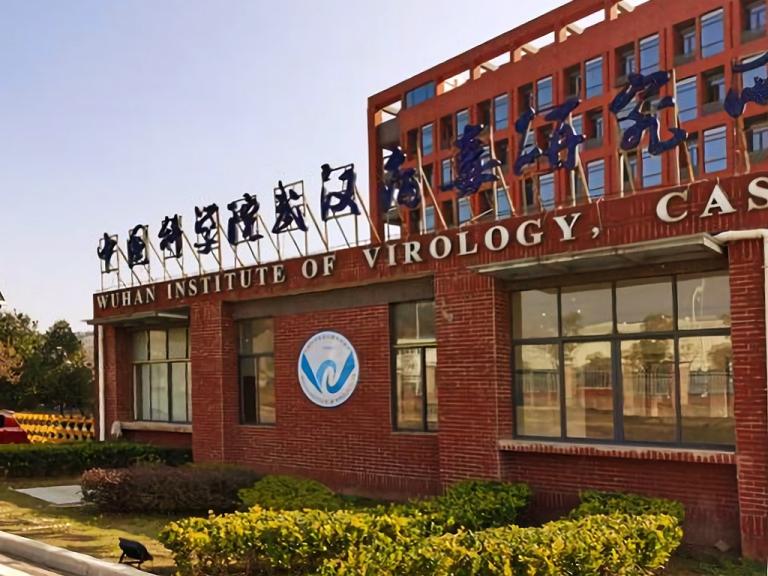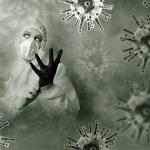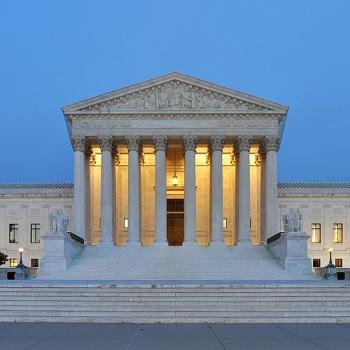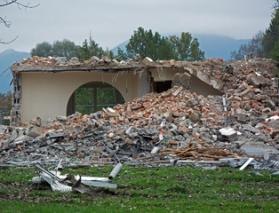We are told to trust science, follow the science, and make decisions according to science. And, for the most part, we do, as the prestige and authority of science today is paramount. But what if science caused the COVID-19 pandemic?
That conclusion–once suppressed by our scientific establishment–has emerged as a strong possibility, even likelihood.
COVID first broke out in Wuhan, China, which happens to be the site of the Wuhan Institute of Virology, which was conducting research on coronaviruses.
Not only that, the Institute was conducting “gain of function” research, which involves making viruses more transmissible and more deadly, so as to study their effects more clearly.
Not only that, three employees of the Institute were hospitalized with “coronavirus-like symptoms” only one month before the first COVID case was identified.
Is all of this just a big coincidence? Maybe so. Or did those three employees have COVID, which they picked up in the lab, and infected other people with it? Or if they didn’t have COVID, they demonstrate that the lab’s safeguards were not airtight and that someone else could have been infected, perhaps being asymptomatic, and then transmitted it to the rest of the world.
When the pandemic started, speculation about a connection to the Wuhan lab was denounced as racist, conspiratorial, and unscientific. Facebook even censored discussion of the possibility. The World Health Organization sent a team to China, which denied them access to key data, and obligingly skimmed over the lab-leak hypothesis.
Coronaviruses generally originate with bats. The “wet market” at Wuhan, at which exotic animals of various kinds are sold for food, was blamed at first. But the closest bats associated with the coronavirus are 900 miles from Wuhan. Except for the ones being experimented upon at the Institute. Also, bats do not directly infect human beings. In related cases, there is always an intermediate species. Some thought a bat might have infected an anteater called a pangolin, which was eaten by humans. But intensive research has identified no intermediate species, something easily determined with related viruses.
Also, the COVID-19 virus seems to behave differently than natural viruses. A microorganism that kills its host dies itself, so natural selection favors less deadly mutations, meaning that viruses tend to become less lethal over time. But that doesn’t seem to apply to COVID-19, with new variants becoming even more dangerous to humans. Most damning is that the virus has something called a “furin cleavage site” on its spikes that allows it to infect human cells. No other coronavirus has this feature, infecting cells by other means. But “gain of function” experiments have added “furin sites”!
Recently, 18 prominent researchers published a letter in the journal Science calling for a full investigation of the Wuhan lab connections. Now the possibility is being taken seriously.
And now more information is coming out, along with new questions. For example, why did so many scientists dismiss the Wuhan lab connection at first? Did that have anything to do with financial ties between universities and research centers and the People’s Republic of China, which has been pouring vast amounts of money into America’s academic establishment? Conversely, America’s own National Institute of Health had been giving grants of some $3.54 million to the Wuhan Institute. And a top official of the NIH was none other than our current COVID czar Anthony Fauci.
We’ll continue this discussion in Monday’s post, considering not just the origins of COVID, but what this tells us about the nature of science and what the implications might be.
Photo: Wuhan Institute of Virology by Ureem2805, CC BY-SA 4.0 <https://creativecommons.org/licenses/by-sa/4.0>, via Wikimedia Commons














